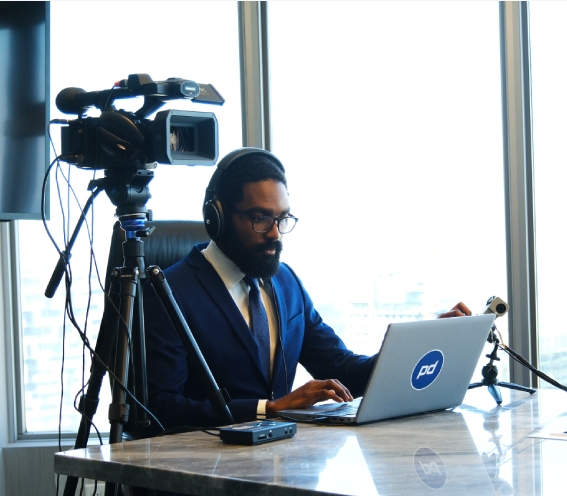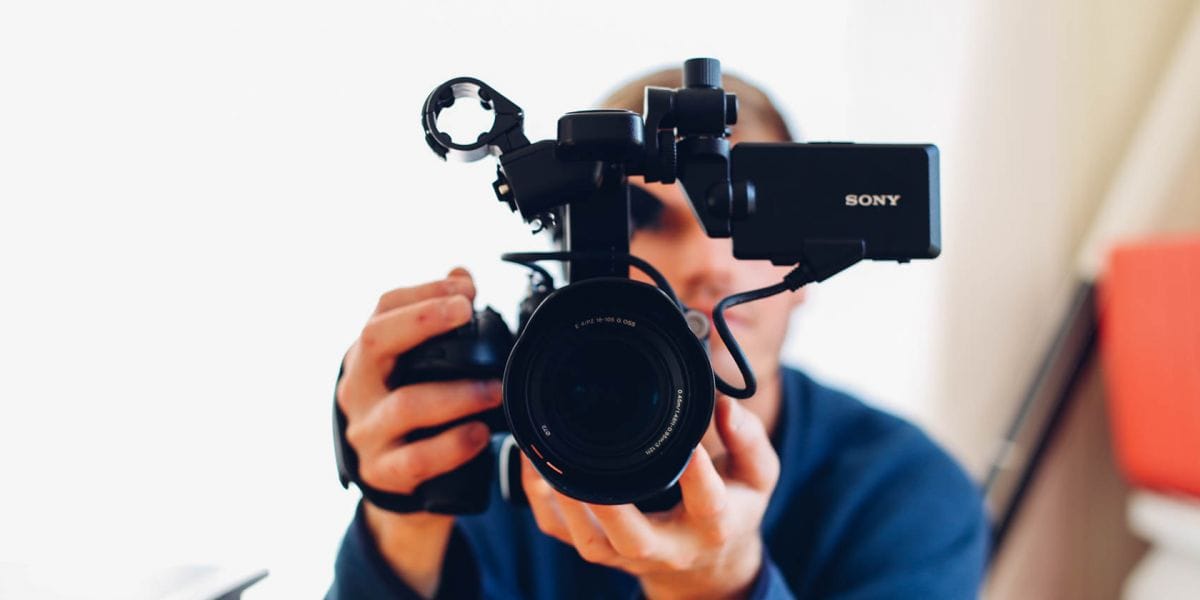How Legal Videography Can Enhance Your Courtroom Efficiency
How Legal Videography Can Enhance Your Courtroom Efficiency
Blog Article
Why Legal Videography Is Critical for Accurate Court Recordings
The duty of legal videography in courtroom settings can not be overemphasized, as it works as a crucial device for protecting the stability of court documents. By recording both spoken and non-verbal interaction, it boosts the quality of witness testaments and shows the nuances of court room interactions. This thorough documents not only aids in lowering potential misconceptions yet additionally sustains appellate evaluations, consequently strengthening the judicial process. However, the ramifications of integrating lawful videography into basic courtroom methods raise important questions about its broader influence on the legal system. What might these ramifications entail?
Value of Visual Evidence
In the world of lawful process, the relevance of visual proof can not be overemphasized. Visual evidence functions as a powerful device in developing truths, affirming testaments, and improving the total clarity of a situation. This kind of evidence, which consists of photos, video clips, and representations, can supply a concrete context that spoken descriptions typically do not have, therefore offering courts and judges a clearer understanding of the situations bordering an instance.
Furthermore, visual proof help in the retention of info. Human cognition is naturally visual, and people are most likely to keep in mind and understand information offered in a visual format. In the court room, this can be important, as engaging visual proof can sway opinions and strengthen the story presented by lawful agents.
In addition, making use of aesthetic evidence can decrease misconceptions and ambiguities that usually arise from verbal exchanges. By supplying a straight representation of events, aesthetic proof helps to get rid of subjective interpretations and fosters an extra unbiased exam of the facts. The assimilation of aesthetic proof into legal proceedings not just strengthens the integrity of the judicial procedure yet additionally enhances the probability of achieving a just end result.
Catching Non-Verbal Cues
Making use of advanced videography techniques can considerably boost the capture of non-verbal signs during lawful process. Non-verbal communication, consisting of faces, body language, and eye contact, plays a vital role in communicating feelings and objectives that might not be explicitly specified in spoken testimony. legal videography. Legal videography uses high-definition electronic cameras and tactical angles to make sure that these subtle cues are taped with clarity and precision
The capacity to evaluate non-verbal habits can give beneficial context to declarations made during court sessions. A witness's reluctance or confidence can be analyzed through their pose or motions, possibly influencing the court's perception of reputation. The use of close-up shots can help focus on a speaker's expressions, allowing for a much more nuanced understanding of the testimony.
Additionally, integrating multiple electronic camera angles can create a comprehensive view of interactions, highlighting dynamics between celebrations involved. This multifaceted method not only enhances the precision of the court document browse around this site yet additionally help in preserving the stability of the judicial procedure - legal videography. Eventually, recording non-verbal cues through lawful videography cultivates a richer, a lot more total depiction of court room process

Enhancing Testimony Integrity
The dependability of testimony can be significantly strengthened with using top notch legal videography. Video clip recordings serve as an unbiased medium that catches not only the talked words of witnesses but additionally the subtleties of their shipment, consisting of tone, pacing, and emotional expressiveness. This complex paperwork provides a clearer understanding of the witness's integrity and objectives, which can be crucial in lawful proceedings.
Moreover, lawful videography reduces the possibility for misconceptions that view might emerge from composed transcripts alone. When jurors can observe a witness's demeanor and body language in combination with their statement, they are better outfitted to evaluate the credibility and reliability of the proof offered. This visual context can enhance the testimonial narrative, making it a lot more engaging and trustworthy.
Additionally, the existence of a video recording can deter prospective inconsistencies in testament. Witnesses might be more cautious in their statements when they understand they are being videotaped, leading to more precise and honest accounts. Generally, high-quality legal videography improves the honesty of statement, guaranteeing that the court has access to a total and honest depiction of the realities as shared by the witnesses.
Supporting Appeals and Reviews
Lawful videography plays a critical role in supporting allures and testimonials by providing a comprehensive visual document of court procedures. This visual paperwork captures not only the spoken words of witnesses and lawyers yet additionally the subtleties of body language, tone of voice, and courtroom dynamics. Such components can be crucial in recognizing the context of testaments and disagreements provided.
In the appellate process, where the emphasis gets on mistakes of legislation and procedural fairness, a video document can function as a crucial device for appellate courts. It allows judges to review the initial test context, making sure that choices are based upon a full understanding of the procedures. The ability to aesthetically examine the temperament of witnesses or the communications between parties can disclose insights that composed transcripts might neglect.

In addition, legal videography can assist in clearing up obscurities in statements or procedural judgments, thus reinforcing the basis for a charm. By offering a reliable, unbiased account of what taken place in court, legal videography not just supports the stability of the legal procedure but additionally empowers all celebrations involved to make view publisher site educated choices regarding their instances.
Improving Court Processes
Enhancing court effectiveness, lawful videography simplifies procedures by offering prompt access to aesthetic records of process. This technology allows judges, lawyers, and courts to take another look at vital statement and proof, making certain that all parties have a clear understanding of the instance. By catching the subtleties of verbal and non-verbal communication, videography improves the document, making it simpler to grasp the context and weight of statements.

Additionally, video clip recordings can facilitate remote engagement in hearings, enabling higher adaptability in scheduling and participation, which is specifically useful in complex situations involving numerous stakeholders.
Conclusion
In final thought, lawful videography plays a crucial function in making sure accurate court recordings by giving vital visual proof that captures both verbal and non-verbal communication. This method boosts the reliability of testaments, supports appellate testimonials, and improves courtroom processes. By cultivating an extensive understanding of court room dynamics, legal videography inevitably adds to a lot more fair judicial outcomes, strengthening the honesty of the legal system and assisting in educated decision-making.
Report this page